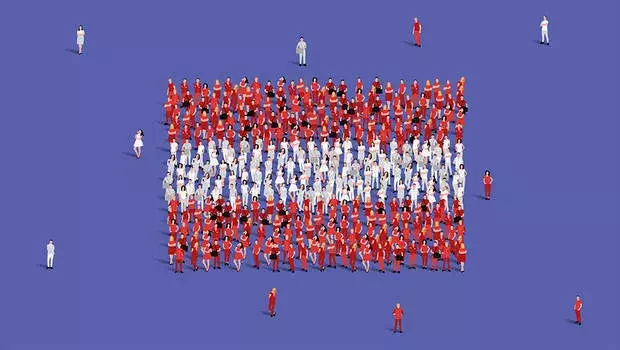EMEA M&A: A New World with New Questions
As Q3 2022 begins, uncertainty rules EMEA.
Tags
When it comes to mergers and acquisitions (M&A) dealmaking, the elation of the past couple of years has subsided in Europe, the Middle East and Africa (EMEA). The words on everyone’s lips are “uncertainty.” The approach of Q3 2022 has dealmakers busy executing operations and closing deals.
After an intense H1, advisors actively came back to the market. But competition is tough, as a decrease in terms of operations is anticipated for H2. Investment banks — after two very intense years for M&A professionals that included resignations — have had to drastically increase salaries and change working conditions to retain talent.
But there’s more: Debt financing conditions in EMEA have become more complicated (yet still easier than in the U.S.). This will affect large-cap deals, but mid- and small-caps will remain solid.
Turbulence ahead
Globally, as we outline in detail in the newest SS&C Intralinks Deal Flow Predictor for Q3 2022, clients are anticipating a tough road for the coming months, while trying to close as many deals as they can ahead of any potential decrease in deal activity.
We’re expecting a decrease of 10 to 15 percent in deal volume in EMEA, beginning at the end of Q3. Mid-caps and leveraged buyouts (LBOs) remain active, but we’ve already felt a straight decrease in large-cap operations and financial market deals due to IPOs that were halted.
In general, the pipeline is still worthy and deals are coming. Private equity (PE) continues to raise large amounts of funds resulting in historic levels of dry powder.
This isn’t 2021
We should expect to come back to the reasonable figures we were experiencing in 2018-19. The past two years cannot be used as reference — valuations and deal volume were at unbeatable levels.
The competition for quality assets remains the same: aggressive. Investors are uniting their strengths through consortiums, co-investments and partnership PE or corporations to position good offers.
Due to financing constraints and difficulties in predicting the market’s future, we’re also expecting a decrease in the average valuation. Tech valuations had recently been too high. Venture capitalists (VCs) are now looking to validate short-term rentability before investing and offering overblown multiples.
Energy has … energy
Despite the uncertainty, some EMEA sectors are powering through to H2. Take Energy, for example. Current events have confirmed the importance of investing in renewable and independent energy models. Meanwhile, a potential scarcity in oil and gas is creating opportunities to restart massive investments to answer the global demand. We’re already seeing more deals in this sector.
Tech is still leading the game, despite moderately lower valuations. Both PE and corporates need to accelerate digital transformation and invest in good tech targets capable of providing high multiples and resistance to global crises.
Banking & Insurance is the most exposed to financial markets, as well as to risks related to a Russian presence. Dealmakers will need to manage this transition; the ecosystem in EMEA may change to feature an expected consolidation in Europe. Increases in interest rates will also directly impact their business models and create opportunities in the market.
For Retail, consolidation may be delayed due to the Russia-Ukraine conflict, but it’s still a hot sector in the region nonetheless.
Change will be slow
Other factors affecting uncertainty, such as inflation, pose risks and challenges to deal activity.
Each deal is taking more time to close — 40 percent longer in 2022 than in 2021 — as investors want to best predict an ever-evolving market that now contains the risks related to the Russia-Ukraine crisis, anti-trust regulation and cybersecurity.
This difficulty in closing deals quickly could bring a decrease in deal activity while dealmakers will have to concentrate on the most strategic of operations with increasingly limited human resources.





